During the Golden Age of Piracy, Black men—fugitive slaves or free sailors—actively participated in maritime expeditions, escaping chains to embrace a life full of danger and opportunity. Let’s explore the fascinating and little-known history of these pirates who, under the folds of the Jolly Roger, sought an unexpected freedom, defying European empires.
When Black pirates sailed under the flag of freedom
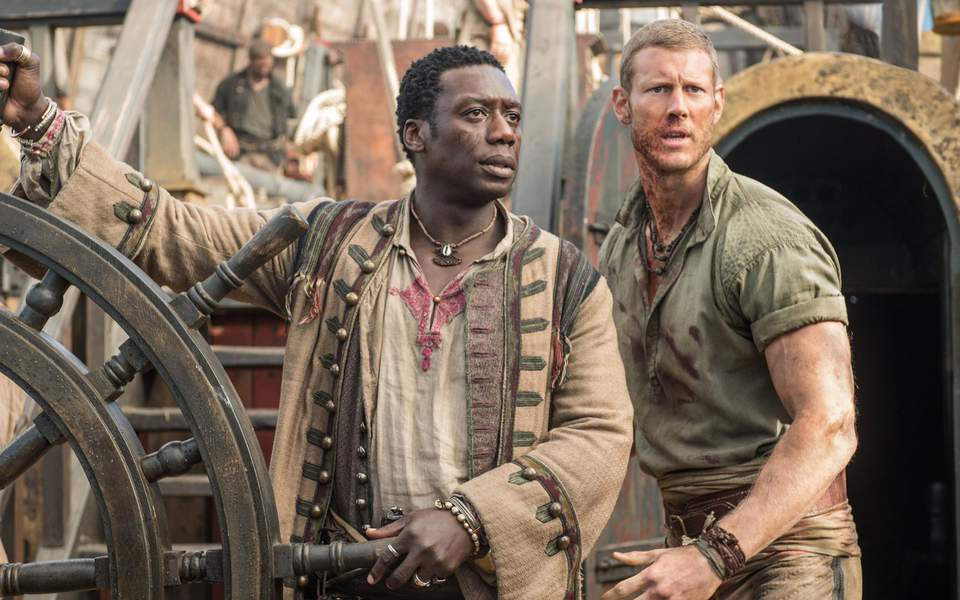
In the 18th century, the waters of the Caribbean, from the Gulf of Mexico to the eastern coast of the United States, were infested with ships flying black flags—symbols of rebellion and freedom. Pirates like Bartholomew Roberts, also known as Black Bart, and Edward Teach, also known as Blackbeard, became legends of piracy. However, a lesser-known aspect of this history involves Black men, often escaped slaves or forced sailors, who, once on the seas, chose to remain under the black flag.
Between 1715 and 1726, an estimated 5,000 pirates operated on the high seas, with about 25 to 30% being former slaves or freed Black men. For these men, piracy represented an escape from enslavement, a chance to redefine their destiny. Unlike traditional crews, pirates practiced a relative model of equality, governed by strict codes and shared spoils, equally distributed among each crew member.
Pirates and slavery
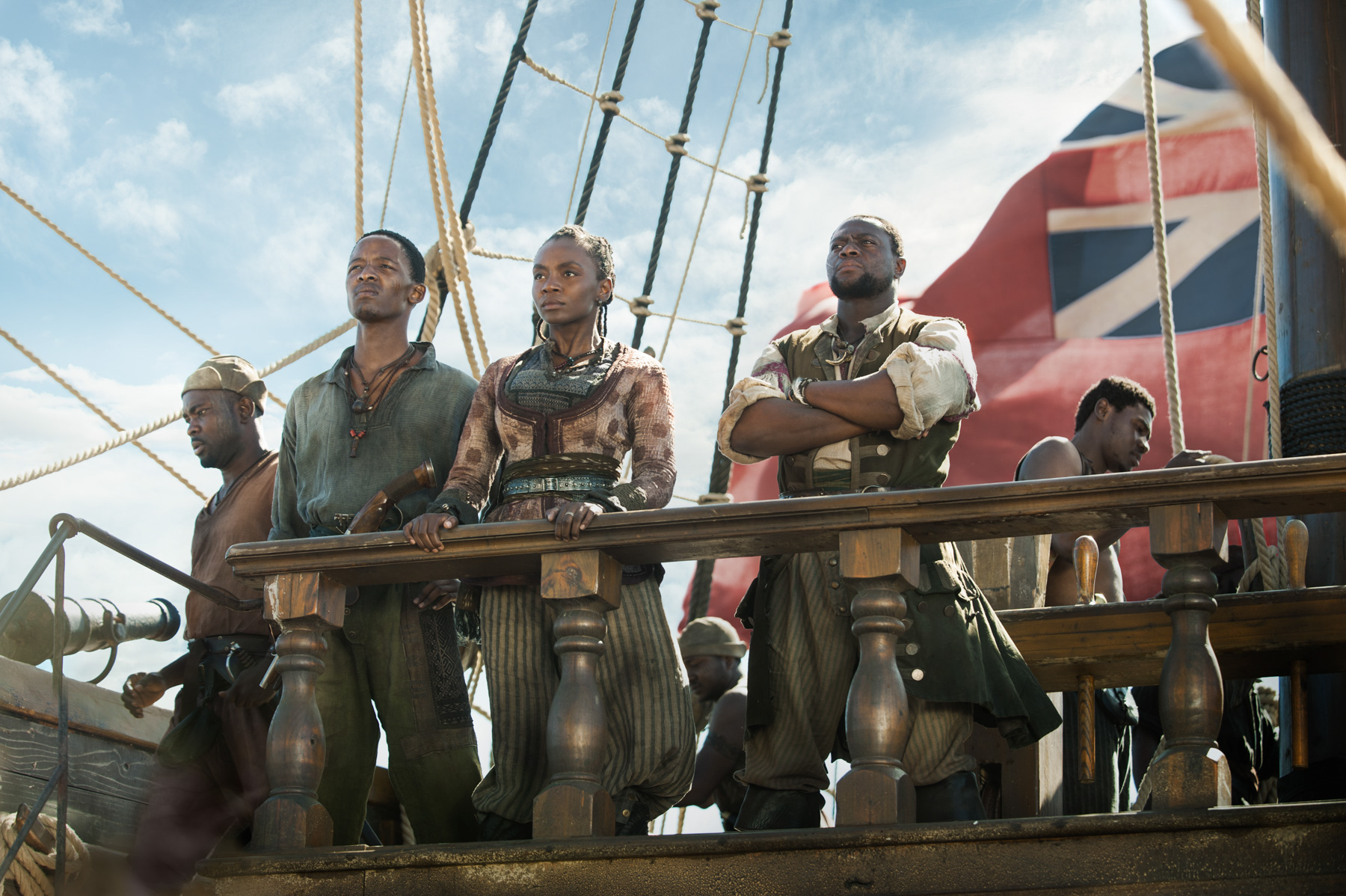
Fugitive slaves, or “cimarrons,” often found refuge aboard pirate ships, partly due to regular raids by pirates on European slave ships. Sam Bellamy, famous for commanding the Whydah Gally’s crew, counted 27 Black men among his 180 men in 1717. Cimarrons who joined the pirates became equals with their comrades, not as objects of pity but as companions in the struggle against the colonial order.
There are many documented cases of enslaved captives on slave ships seizing the chance to liberate themselves through piracy. For instance, during Bellamy’s capture of a “Guinea ship,” 25 Black slaves immediately joined the pirate ranks. Not only did they gain their freedom, but they actively participated in raids, often in prominent roles, like Francis Spriggs, a cook and ration chief for the crew, respected for his vital role in the equitable redistribution of loot.
The iconic case of Black Caesar

The figure of Black Caesar, an African-born pirate leader, embodies Black resistance in the pirate world. Recognized for his strength and intelligence, Caesar was captured by a European slaver but managed to escape with the help of a compassionate sailor. Together, they formed a formidable duo, attacking merchant ships by posing as shipwrecked mariners.
Over time, Caesar became a feared captain, recruiting a crew and conducting raids in Florida’s waters. According to legend, he possessed buried treasures on Elliott Key, hidden in the inaccessible shores where he took refuge after each expedition. Caesar’s alliance with the famous pirate Blackbeard attests to his influence in the pirate world. Together, they challenged the English navy until 1718, when Caesar, captured, refused to betray his comrades, facing the pirate’s fate with the gallows or the whip.
Piracy: a form of resistance and assertion
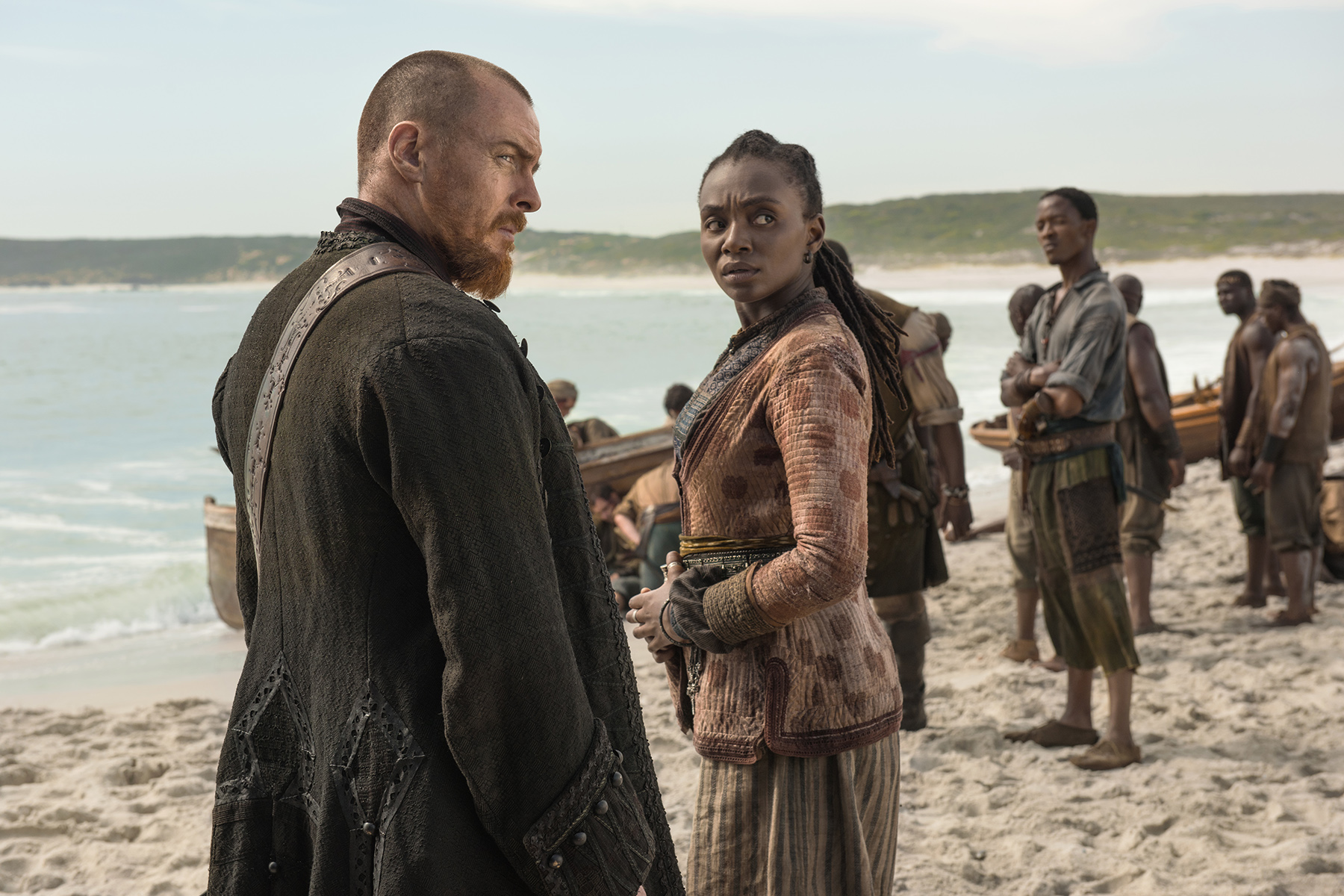
Black pirates sailed not only for survival or loot; they also defied a colonial system that enslaved their people. Piracy offered an alternative for individuals like Abraham Samuel, the son of a Black slave and a Martinique planter, to free themselves. Samuel was elected leader of the pirates on Madagascar after surviving a shipwreck. He built a solid alliance with the local Malagasy populations, making Fort Dauphin a major trading center, rivaling Sainte-Marie Island, another pirate stronghold.
This micro-society, led by Black and mixed-race pirates in Madagascar, offered an alternative to colonial brutality, proving that men, regardless of origin, could live in community and prosper. Samuel, regarded by the Malagasy as a legitimate king, wielded symbolic and political power, trading directly with merchants and establishing local laws.
The complexities of Pirate justice

Despite the egalitarian ideals and power positions achieved by some, Black pirates captured by colonial forces were not always judged the same as their white counterparts. John Julian, a Miskito Indian crew member of the Whydah Galley, was sold as a slave instead of being tried for piracy like his white companions.
Many Black captives captured alongside pirates were directly reassigned to plantations, a reminder that, even under the black flag, the shadow of slavery persisted in colonial law. After Bartholomew Roberts, also known as Black Bart, was captured in 1722, 66 of his Black pirates were handed over to the Royal African Company, which immediately sold them as slaves. This dual treatment illustrates the brutality of a system that viewed Black freedom as an intolerable threat.
The end of myths and the persistence of legends
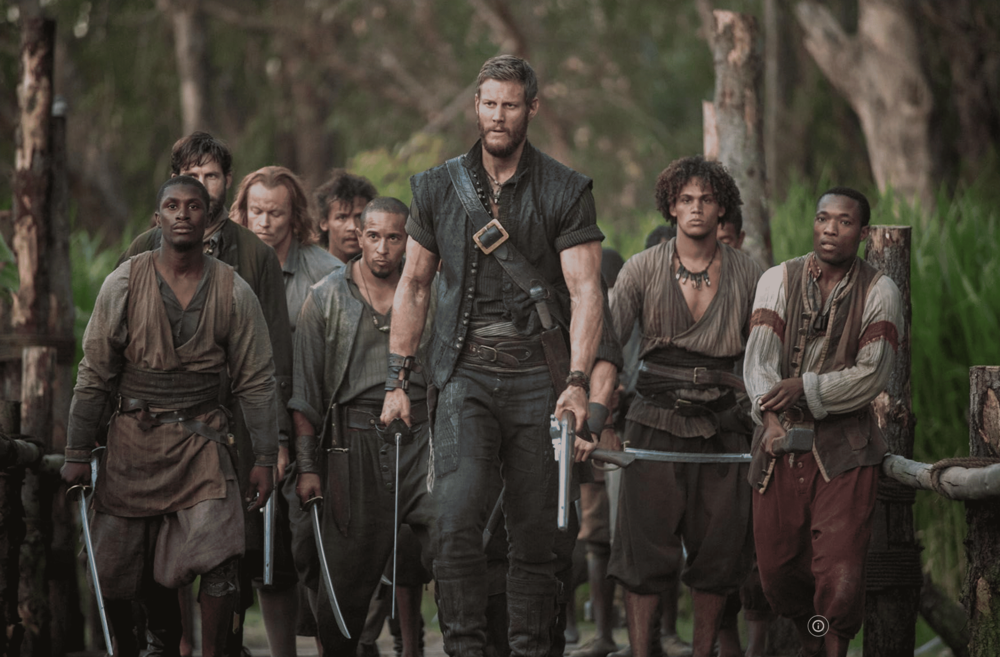
While Black piracy reached its peak in the 18th century, its decline did not erase these stories. Myths surrounding figures like Black Caesar, Abraham Samuel, or Diego Grillo, a Cuban mulatto, continued to inspire literature, cinema, and emancipation movements in the 20th century. Piracy, as a phenomenon of resistance to oppression, resonates with civil rights struggles and Afro-descendant movements that celebrate figures of resistance and autonomy today.
By challenging the colonial order, Black pirates proved that a life outside European chains and laws was possible. They offered future generations examples of courage and endurance in a time when freedom was a distant dream for Black people.
The legacy of Black pirates in contemporary culture
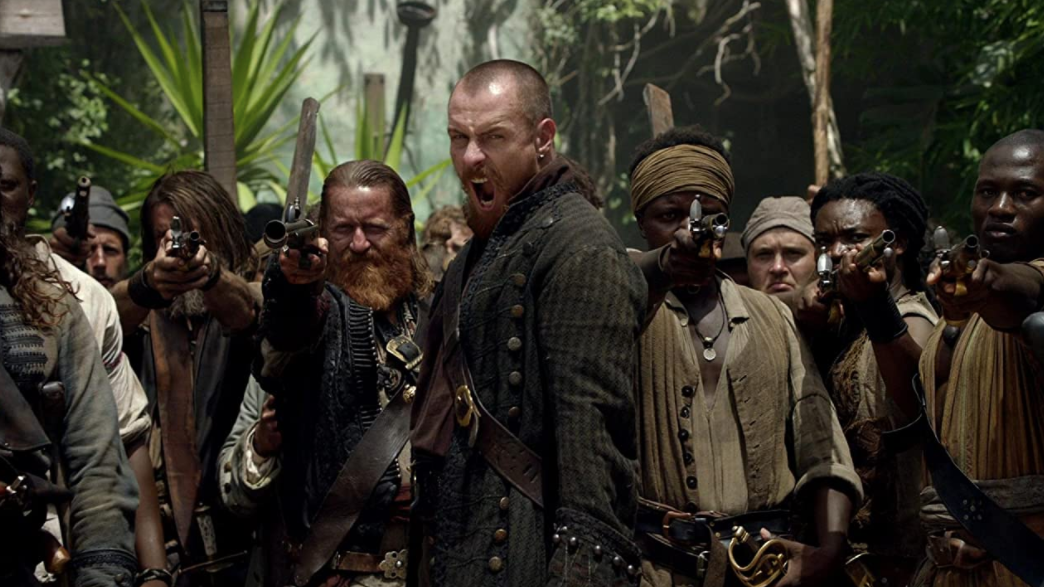
Today, the history of Black pirates, long overlooked in traditional accounts, resurfaces as a precious testimony of resistance and determination. Their legacy inspires not only works of fiction but also deeper reflections on the struggle for freedom and equality. These pirates, free men at sea, embodied a form of dignity and honor that few historical figures claimed in a context of domination.
For millions of Afro-descendant individuals, the stories of these men are a source of pride and a poignant reminder of resilience and ingenuity that define their heritage. From Jamaican cimarrons to Caribbean buccaneers, these scattered figures of the past now hold a rightful place in global historical narratives, reminding us that even in the darkest periods, freedom remains an achievable goal, however uncertain or dangerous.
Notes
- Cimarrons: Term used to describe Black slaves who had escaped and lived in autonomous communities, particularly in mountains or forests.
- Whydah Gally: Pirate ship commanded by Sam Bellamy, which sank in 1717; famous for being one of the few pirate ships recovered with some of its treasure.
- Royal African Company: English company created in 1672 to monopolize the trade of slaves and other goods along the African coast.
- Diego Grillo: A Cuban-born pirate, often described as a mulatto, who defied Spanish colonial authority in the Caribbean.
Sources
- Bolster, W. Jeffrey – Black Jacks: African American Seamen in the Age of Sail. Harvard University Press, 1998.
This work explores the role of Black sailors in maritime history, including their involvement in piracy. - Kinkor, Kenneth J. – “Black Men Under the Black Flag” in Bandits at Sea: A Pirates Reader, New York University Press, 2001, pp. 195-210.
A historical study of Black pirates and their integration into pirate crews during the age of piracy. - Rediker, Marcus – Villains of All Nations: Atlantic Pirates in the Golden Age. Beacon Press, 2004.
Rediker describes the history and social structure of pirates, including relationships between white and Black sailors onboard. - Vallar, Cindy – “Black Pirates.” Pirates and Privateers: The History of Maritime Piracy, Cindy Vallar’s website.
Vallar documents the roles played by Black pirates and their alliances within pirate crews, from Black Caesar to Bartholomew Roberts. - Rogozinski, Jan – Honor Among Thieves: Captain Kidd, Henry Every, and the Pirate Democracy in the Indian Ocean.Stackpole Books, 2000.
Rogozinski examines how “pirate democracy” allowed the integration of individuals from all backgrounds, especially Black men, among the crews. - Marley, David F. – Pirates and Privateers of the Americas. ABC-CLIO, 1994.
This work provides a detailed analysis of pirates in the Americas, including Black crew members and their reasons for joining piracy. - McCarthy, Kevin M. – Twenty Florida Pirates. Pineapple Press, 1994.
McCarthy covers several pirate figures, including Black pirates who operated in Florida waters, with tales related to Black Caesar. - Selinger, Gail – The Complete Idiot’s Guide to Pirates. Alpha Books, 2006.
A comprehensive and accessible guide to pirate life, including the living conditions of Black sailors and their reasons for choosing a life under the black flag. - Gosse, Philip – The Pirates’ Who’s Who. Rio Grande Press, 1924.
A directory of famous pirates, providing historical information about crews and their Black members.
